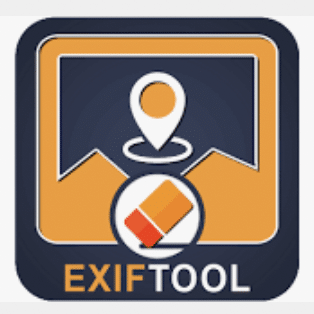
ExifTool
ExifTool For Windows Online/Offline Setup Download
In this post, we have shared the latest setup of ExifTool and free download links are available for download. Using Exiftool For Windows Download will allow you to easily read and write metadata tags to images. It will also allow you to create track logs from geotagged images.
Read metadata tags
Using ExifTool, you can read metadata tags in any image file format. The command line tool was developed by Phil Harvey in 2003 and has become the go-to tool for metadata work.
Tags are key-value pairs that store information about the file. They are categorized into seven families. There are over 23,000 tags supported by ExifTool. Exiftool allows users to modify metadata tags, write custom tags, and export results in many different formats. The tool is open-source and available on GitHub. You can use the command line tool, or write it as a sidecar file, for quick, easy, and accurate metadata work.
What’s New
Exiftool displays tag names, values, and other information. The tool can scan a sub-folder or all files in a directory. You can specify custom tags, as well as filters. The tool supports many different file types, including multimedia files, Adobe PDF, JPEG, TIFF, and BMP. It can also process metadata in all images at once.
Exiftool supports a variety of options, which can help you process large libraries of images in a faster, more efficient manner. Some options have special cases, including file name encoding and the ability to short-circuit file processing. You can also add tag table information with the -t option. The -v0 option causes the output buffer to be flushed after each line. This may be useful for piped ExifTool output.
Narrow down tags by group
Using ExifTool for Windows, you can analyze the metadata contained in multimedia files. Specifically, you can identify tags and see what values are associated with them. You can also change the value of tags and add your own. However, there’s a good chance you’ll need to narrow down the tags you want to see. You can do that with a few command line options.
For instance, you can use the -g flag to display a group a tag belongs to. It also allows you to filter a tag’s output by the group it belongs to. Alternatively, you can use the group name as a switch.
In addition, the -s flag displays the tag name without any spaces. This is helpful if you’re trying to figure out which tag is which. You can also use a filter that includes wildcards.
You can also find out which EXIF tags are available in a given file. This is useful when you’re deciding to add or delete tags. Depending on what software you’re using to generate the data, you may not be able to see all the tags. This is especially true if you’re trying to create new tags in a video file.
Similarly, you can use the -W flag to create a different output file for each file you’re editing. This will include the metadata of the original file and the preceding metadata.
Create track logs from geotagged images
Using Lightroom, you can automatically create track logs from geotagged images. You can also manually assign GPS data to your photos. This is an easy and accurate way to track your journey and keep track of where your images were taken. Whether you are traveling by plane, car, or bicycle, you can now easily locate your photos on a map.
To use this feature, open the Map module, and click on Tracklog. Then, select the photos you would like to assign to a track log. The software matches the timestamps on your photos with the times in the track log. Then, you can easily move your photos to the correct location.
How to use
It is so simple and easy to use. Once you have selected your photos, you can choose a time zone. The time zone is the local system time zone that is set by the shell’s TZ environment variable. If you live in another time zone, you can set the time zone offset. It is important to know the correct time zone for your GPS unit.
If you have a camera that does not have a GPS unit, you can use a mobile phone app to record your GPS data. You can then use the app to create a GPX track log.
You can also use a telemetry log from your drone to geotag your images. Once you have created a GPX track log, you can use Lightroom’s Map module to pair your photos with the track log.





